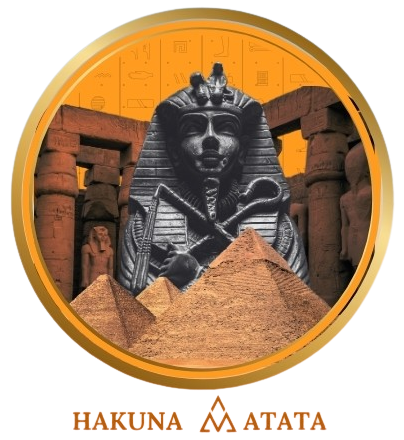Introduction: Imagine standing on the banks of the Nile River. Golden rays of sunset bathe massive stone columns. Ancient hieroglyphs on them tell stories thousands of years old. In that moment, you breathe in the scent of history. You hear ...[ read more ]
الوسم: Kom Ombo Temple
aswan-where-timeless-history-meets-the-charm-of-the-south
In the heart of Upper Egypt, along the shimmering banks of the Nile, lies Aswan, a city unlike any other in Egypt. It is not just a place; it is an all-encompassing experience that blends history, nature, and warm hospitality. ...[ read more ]


